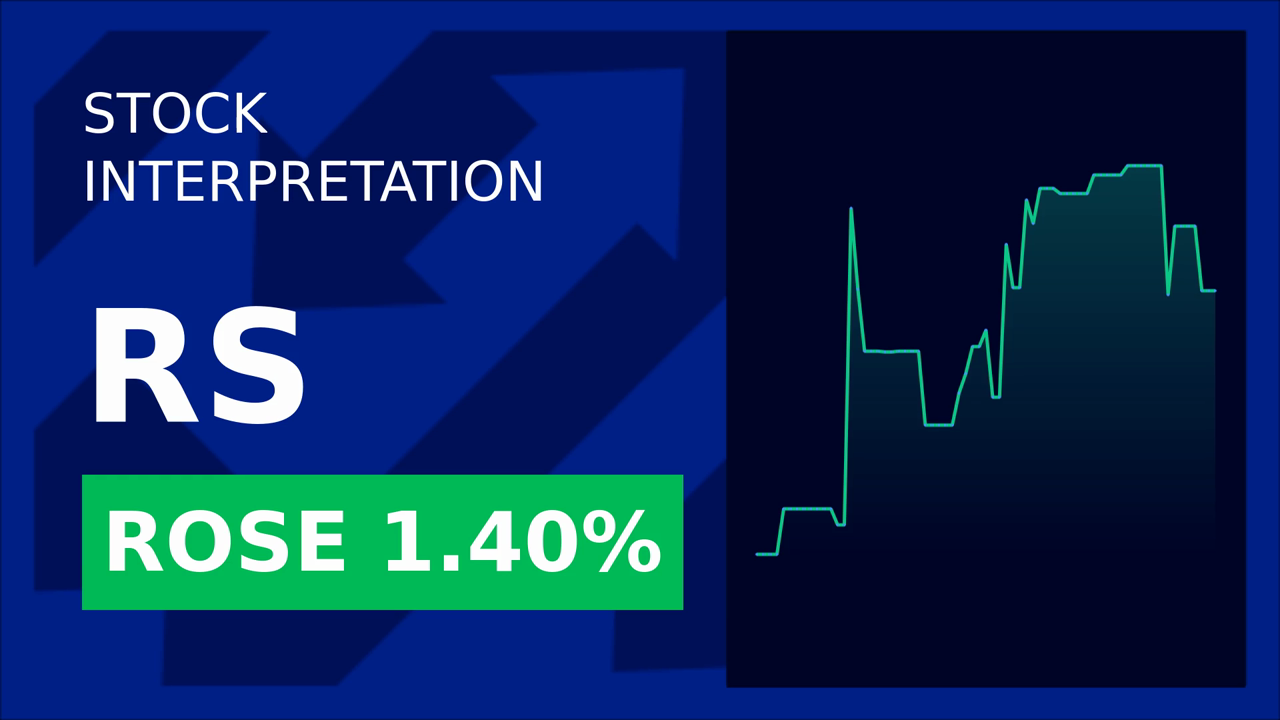India's Satellite Spectrum Policy: A New Dawn for Competitors
Monday, Jan 20, 2025 10:42 am ET
In the wake of the high-profile tussle between Elon Musk and Mukesh Ambani over satellite internet services, India has taken a significant step to attract more companies to the satellite communication (Satcom) sector. The country's satellite spectrum policy, which allows for administrative allocation of spectrum, is poised to draw in numerous players, eager to tap into the vast potential of the Indian market. Let's delve into the reasons why this policy shift could prove to be a game-changer for the Satcom industry.

A Level Playing Field for Satcom Providers
The administrative allocation method benefits satcom providers compared to auctions, as it offers a more flexible and efficient resource allocation, particularly in sectors with low competition. This approach allows satcom providers to focus on connecting remote and underserved regions, driving innovation, and supporting vital sectors like telecommunications, broadcasting, rail, and maritime communications. Moreover, administrative allocation enables satcom providers to access spectrum at lower costs, making it more affordable for them to invest in developing and expanding their services.
Bridging the Digital Divide and Enhancing Connectivity
India's satellite spectrum policy aims to bridge the digital divide by providing crucial last-mile connectivity in remote areas unreachable by terrestrial networks. With around 290.4 million households untapped for broadband services, the Indian market presents a significant opportunity for satellite operators. By offering administrative allocation, the government is encouraging more companies to enter the Satcom sector, fostering competition and driving innovation in connecting the unconnected.
Boosting Economic Growth and Job Creation
The Indian Satcom sector is expected to grow significantly, with the market size valued at approximately USD 2.3 billion annually, projected to reach USD 20 billion by 2028. Increased competition in the satcom sector can lead to job creation, both directly in the industry and indirectly through the services and applications it enables. The space economy in India is set to grow to US$13b by 2025 at a CAGR of 6%, with satellite services and application segment accounting for 36% of the total revenue by 2025. This growth presents a substantial opportunity for new entrants to create jobs and contribute to the Indian economy.
Fostering Innovation and Entrepreneurship
Increased competition in the Satcom sector can drive innovation, leading to the development of new technologies and services. The number of spacetech startups in India is on the rise, with over 100 spacetech startups currently operating in the country. The government's push for inclusion of private players in the space segment, along with lower costs for developing and launching satellites, has contributed to this growth. By attracting more companies to the Satcom sector, India's satellite spectrum policy can foster a thriving ecosystem of innovation and entrepreneurship.
Potential Challenges and Concerns
While India's satellite spectrum policy holds immense potential for attracting new entrants and fostering growth in the Satcom sector, it is essential to address potential challenges and concerns. Ensuring a level playing field between terrestrial and satcom operators, preventing spectrum hoarding, and maintaining regulatory predictability will be crucial for realizing the benefits of increased competition. The government should also focus on facilitating access to cost-effective and early-stage capital for startups, promoting independent launch solutions, and developing holistic skills for the satcom sector.
In conclusion, India's satellite spectrum policy, which allows for administrative allocation of spectrum, is poised to attract numerous companies to the Satcom sector. By offering a level playing field for satcom providers, bridging the digital divide, boosting economic growth, and fostering innovation, this policy shift can transform the Indian Satcom market. However, addressing potential challenges and concerns will be crucial for realizing the full potential of this new dawn for competitors in the Indian Satcom sector.









